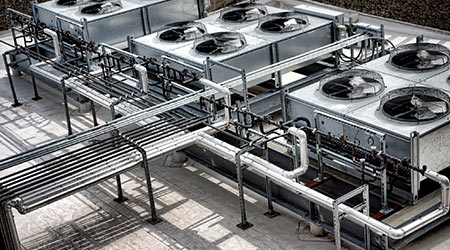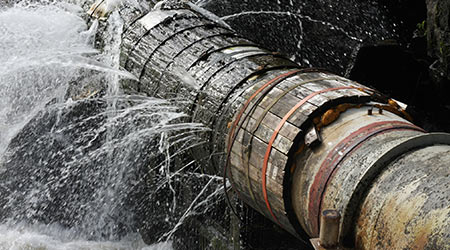
Is Now A Good Time To Retrocommission?
October 19, 2017
It’s October — welcome fall! Leaves, football, pumpkins, Halloween! And even though we just had a whole solid week in the 90s here in Chicago, heating season is just around the corner. As we head into one of the year’s two “shoulder seasons,” it’s more important than ever in the next few weeks to ensure your building systems are operating efficiently. Shoulder seasons are when energy waste can be at its worst – simultaneously heating and cooling, or inefficiently heating and then cooling within a relatively short interveal.
So have you done a retrocommissioning lately? Retrocommissioning is a systematic process of going through the building system-by-system, checking functionality, and re-tuning systems to an optimized state.
According to a 2009 study by Lawrence Berkeley National Laboratory, retrocommissioning costs about 30 cents a square foot, but saves on average 16 percent on energy. The average payback for retrocommissioning costs is 1.1 years. And that doesn’t include the possibility of utility incentives for performing retrocommissioning.
So especially as we head into a shoulder season, it’s clear retrocommissioning can be well worth the time, cost, and effort. But there’s one often overlooked aspect of retrocommissioning. Sure, it’s great to make sure building systems are re-tuned and operating optimally, but what if those building systems are poorly designed? In other words, what if bad systems are running well? Isn’t that just as bad for efficiency as good systems running poorly? Might it be worse?
Facility managers, especially in older buildings that haven’t had upgrades in some time, should make it a point as part of a regular retrocommissioning process to determine whether the design itself is still effective (whether or not you actually this “retrocommissioning” is another matter, but who cares what it’s called as long as it gets done). Is HVAC right-sized? Are all functions of a BAS being used properly and to their maximum potential?
As you’re tuning the building, there’s never a better time to consider those questions, and to begin planning budget-wise to develop solutions.
This Quick Read was submitted by Greg Zimmerman, executive editor, Building Operating Management. Read his cover story on the how sustainability and resilience complement each other.
Next
Read next on FacilitiesNet












